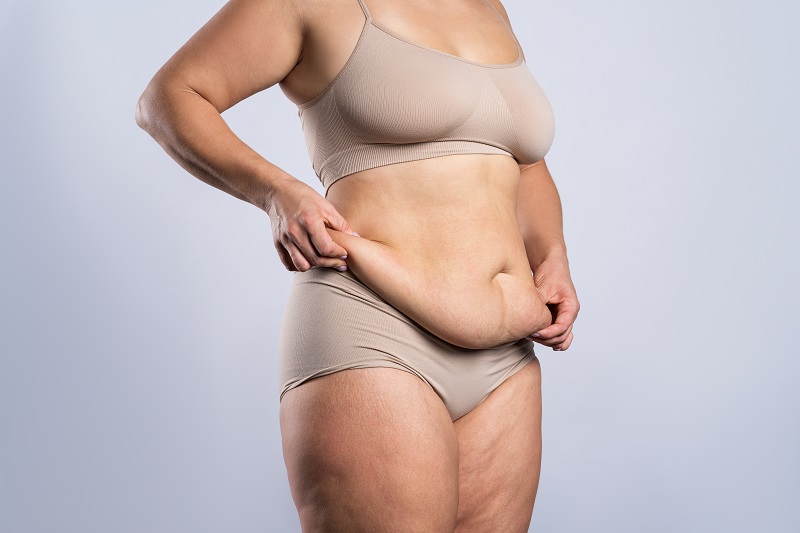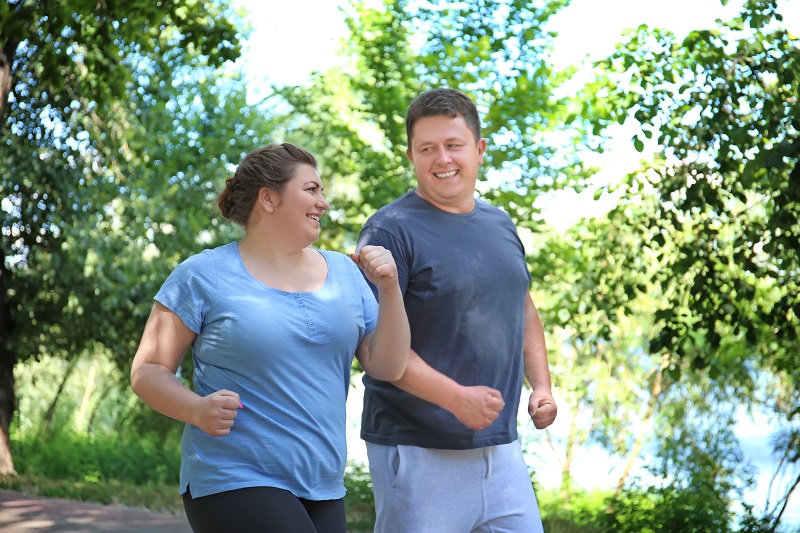Body lift and contouring after major weight loss
After a person has lost a significant amount of weight it’s almost impossible for their skin to tighten down to the new underlying slimmer contours — the elasticity has been compromised by being overstretched for too long. That can be truly discouraging for a person who has done the hard work required to lose a lot of weight. That’s where a body lift at Salem Health Plastic Surgery can come in.

Common treatments
Tummy tuck
What it corrects: A tummy tuck treats excess sagging skin on the abdomen. Additionally, it can tighten loose abdominal muscles that can cause a stomach pooch.
How it works: An incision is created low along the bikini line running from hip to hip. A second incision may be created around the navel. Sutures are used to tighten loose muscles. Excess tissue is trimmed away, and the remaining tissue is draped to highlight the new abdominal contour.
Extended tummy tuck
What it corrects: An extended tummy tuck, also called a lower body lift or panniculectomy, targets excess skin accumulations around the abdomen, flanks and lower back. The extended tummy tuck provides a more complete lower body recontouring.
How it works: An incision is created low along the bikini line that extends around the hips and onto the lower back. If needed, loose abdominal muscles are tightened. Excess skin is removed, and the remaining tissue is draped to restore a natural appearance to the abdomen, back and hips.
Liposuction
What it corrects: Liposuction is used to treat areas with excess fat accumulation. It may be combined with any other body contouring procedure to improve the appearance of the abdomen, hips, thighs, arms, back, and neck.
How it works: Incisions are created in the treatment area. Gentle suction is used to remove excess fat, and this procedure can help create better definition for your body.
Neck lift
What it corrects: A neck lift targets loose neck skin that often results following weight loss. Sagging skin along the jawline and neck can affect your overall facial appearance. The neck lift restores a slimmer appearance by trimming away the excess skin.
How it works: An incision is created in your lower hairline. The platysma (neck) muscle may be tightened. Drooping skin is trimmed away.
Thigh lift
What it corrects: The thigh lift targets unwanted skin along the inner thighs. Excess thigh skin can lead to painful irritation and chafing. Removing excess skin helps create a more slim thigh appearance.
How it works: An incision is created along the inner and/or outer thigh, depending on the type of correction you require. Excess skin is trimmed away, and the remaining tissue is positioned to provide a more sculpted thigh look.
Buttock lift
What it corrects: The buttock lift improves the appearance of a sagging, drooping buttocks. Excess gluteal skin is removed, and the remaining tissue is lifted to provide a tighter, rounder buttock appearance. Restoring the appearance of the buttocks can enhance the shape and curvature of your physique.
How it works: Incisions are placed along the upper edge of the buttocks. Sagging skin is trimmed away, and the remaining tissue is lifted to provide a firmer appearance.
Breast lift
What it corrects: Sagging and deflated breasts are common following weight loss. A breast lift eliminates loose breast tissue and excess skin to restore firmer breasts with improved shape and projection.
How it works: Incisions are placed around the areola and lower breast tissue. Excess tissue is removed, and internal sutures are placed to lift and support the remaining breast tissue. Patients with poor volume can add implants to increase their breast size.
Arm lift
What it corrects: An arm lift treats the appearance of bat wings caused by sagging excess skin along the upper arms. Treating this unwanted skin restores a toned arm appearance.
How it works: An incision is created along the inner arm, running from the armpit down to the elbow. Excess tissue is excised, and the remaining skin is draped to improve the contour of the arms.

Candidates for body lift surgery
Candidates for body lifts typically have loose (inelastic) skin on many or most areas of the body as a result of age, childbearing or significant weight loss due to diet, exercise or bariatric surgery.
To have a body lift, a person should have lost between 30 to 50 percent of his or her peak body weight. There should be loose, drooping skin and tissue across the abdomen, probably the thighs, buttocks, breasts, upper arms and other areas. Your weight should have been stable for a period of time, usually two years, to ensure you will not regain weight after this surgery. This also allows your skin to adjust as much as it can before any surgery is considered.
Good candidates also need to be realistic about what these procedures can achieve. Yes, your contours will be slimmed to your new smaller body shape, but there will be some lengthy incision scars. Body lifts also involve a difficult recovery.